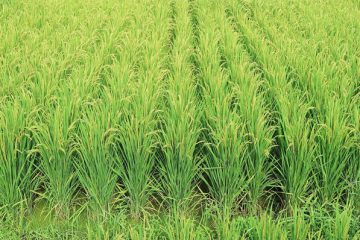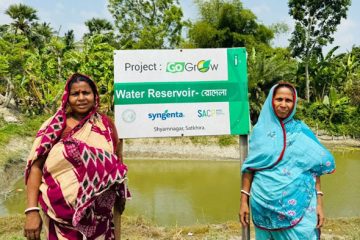A.T.M.Nurun Nabi
Separate ministry and separate budget are indispensable for development of Bangladesh Railway (BR) and time has arrived to reintroduce the tradition of presenting separate railway budget in the Parliament and to have a separate ministry named ‘Ministry of Railway’. In India, there is separate ministry and separate railway budget for ages and that is why Indian Railway (IR) has made tremendous progress.
Railway can play an important role in the economic development of a country, but in the case of Bangladesh there is little reflection for the past governments’ negative attitude to make infrastructure of Bangladesh Railway (BR) strong. A look into the existing infrastructure thereof will tell a sad story which is just opposite to Indian Railway (IR).
According to Bangladesh Economic Review 2007-08, BR incurred a provisional loss of taka 360.28 crore during the fiscal 2007-08 whereas IR expecting a massive profit of Rs.5,572 crore during the fiscal 2008-9, marking an substantial progress over the previous fiscal.
According to a newspaper report, IR expects to earn Rs.95,306 crore during the fiscal 2009-10 and to spend Rs.84,430 crore during the period and has planned to introduce 43 pairs of new trains with effect from April 1 whereas BR thinks of decreasing the number of trains, closing branch lines, stations, loco shades etc.
The main reason of tremendous progress of IR is that it earns 70 percent of total revenue through freight and 30 percent through shouldering passengers. The Railway Ministry of India has not increased fare in last five years, rather, decreased first class fare by 28 percent and second class fare by 40 percent, and feeds 14 lakh employees of all levels. IR has also identified 22 stations to develop them as world class stations. Moreover, the Railway Ministry has undertaken a project of constructing 2,700 km long new lines for Rs.28,000 crore only. There are 14 lakh employees of IR.
To the contrary, the length of BR is 2,835.04 kilometers of which broad gauge are 789 km, meter gauge are 1,722 km and mixed gauge are the remaining. Bangladesh Railway has no plan to develop any of its stations as world class though, when the foundation stone of Kamlapur Railway in Dhaka was laid in mid sixties, it was said that the station would become of international standard. Sadly the plan has not been materialized. Just two trains can enter the station at a time-one from the south and another from the north. If a train leaves Kamlapur Station and moves towards north, no train from that side can reach the station for defective plan or for changing the plan to serve vested interests.
The train fare is increased almost every one to discourage the passengers from traveling by trains. Journey by train was comfortable as BR tried its best to maintain punctuality in all respects and the speed of some of the trains was fast. In order to effect strict and effective administration, BR (previously EBR) was divided into five divisions during the British regime. Thereafter the number of divisions has nether been increased nor decreased. The divisions are Paksey, Lalmonirhat, Dhaka, Bhairob Bazaar and Chitttagong. But the performance of those divisions is not made public.
Once the ministry of railway used to present separate railway budget in the Parliament but the tradition was withdrawn some times after independence. The railway budget is included in the National budget under the head ‘Transportation and Communication’ and very few people are aware of the revenue earnings, revenue expenditures, future plan etc. If the government of Bangladesh wants to make railway effective, separate railway budget should be presented in the Parliament, giving detailed narration.
In India, the railway budget is placed independently with details.
Courtesy of www.thebangladeshtoday.com






